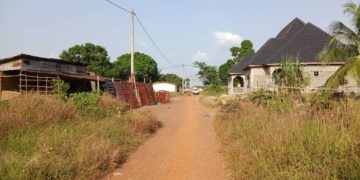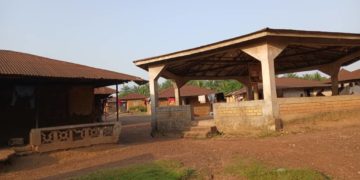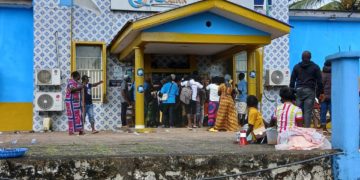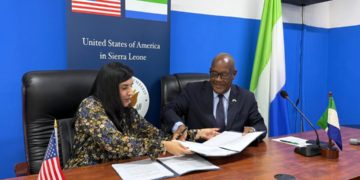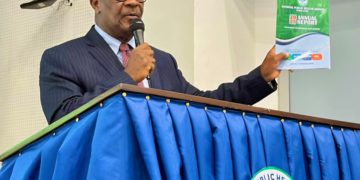Construction work is set to commence on the old Fourah Bay College building as part of an effort to preserve the historic structure which initially hosted the iconic college that is now part of the University of Sierra Leone.
A Memorandum of Understanding paving the way for commencement of the project was signed on Thursday, February 17, by the ministry of Tourism and Culture and the World Monuments Fund, which will handle the rehabilitation exercise of the building.
FBC, founded in 1827, is considered as the first Western-style university in Sub-Saharan Africa, which made Sierra Leone the Mecca for Western education at the time. The college produced some of the earliest leaders in West Africa, including many who went on to lead independence movements across the region.
The rickety remains of the building where all that happened is located at Cline Town in the east end of the Sierra Leonean capital, Freetown.
The building is listed as a protected national monument.
According to officials, the preservation work will be conducted in phases, with the first phase expected to last for 12 months.
The first phase is estimated to cost US$200,000, which is the amount provided by the United States Embassy in Freetown under its Ambassadors Funds for Cultural Preservation (AFCP).
The cost for the entire preservation work is estimated at 1.5m US dollars.
The scope of this first phase entails preparation of a comprehensive analysis of the current state of the structure, carry out limited emergency stabilization to prevent further damage on it and develop a plan for its reuse, a news release from the Ministry of Tourism said.
United States Ambassador David Reimer attended the MoU signing ceremony on Thursday, February 17. And he was quoted saying that the project demonstrated American values in action and the United States leadership in preserving cultural heritage sites like the old FBC.
“It is my hope that preserving this site ensures that the next generation of Sierra Leonean leaders can continue to draw inspiration from the triumphs of education, culture and science of the past,” he said.
Minister of Tourism and Cultural Affairs, Dr. Memunatu Pratt, praised the US Ambassador for his gesture in funding the preservation effort, which she said will be a win for both United States and Sierra Leone.
Pratt appealed that the project incorporated transfer of skills in restoration and preservation of historic structures to Sierra Leoneans, noting that there were “so many monuments and cultural sites nationwide” that needed preserving.
Benedicte de Montlaur, President and Chief Executive Officer of World Monuments Fund, said the project reflected the shared values of the United States and Sierra Leone to working with local communities to protect their heritage for future generations and preserving structures that can help tell a more textured and complete story of human experience.
Stephen Battle, Project Manager at World Monuments Fund, revealed that the old FBC building has been on the World Monuments Watch list since 2006. He also informed the gathering that work is expected to commence in March.
Professor John Kargbo of the History Department of FBC, representing the college’s Vice Chancellor, noted that the history of Sierra Leone wasn’t compete without the old FBC building, hailing efforts in preserving it.
This development comes as the college commemorates its 195 years.

